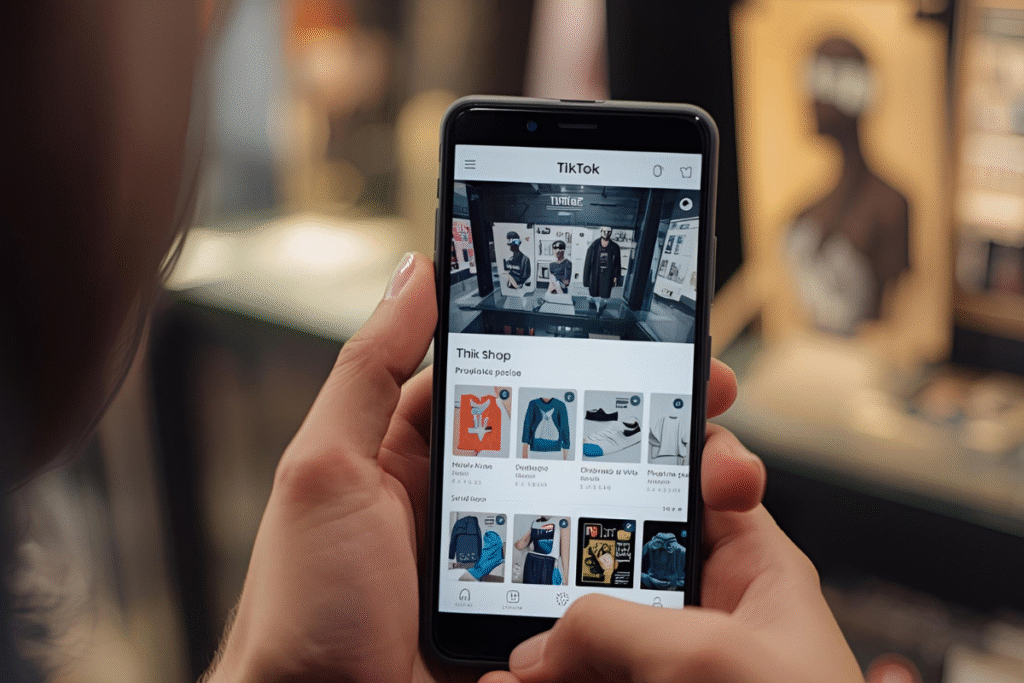
In an age where a logo change at Cracker Barrel can dominate the news cycle, it’s a fascinating—and sometimes frightening—reminder of how quickly a company can find itself under intense scrutiny in the digital world. Yet, if you look deeper at why that story gained such traction, you realize it’s a symptom of something bigger: the complete and total collision of media and commerce.
The Collision Course: Where Social Commerce and Media Integration Meet
Retail is no longer confined to physical stores or even traditional e-commerce sites. Today, shopping lives in the same space where we scroll, swipe, and double-tap. The lines have blurred, and what was once just “inspiration” on Instagram or TikTok has now become an instant, in-app transaction.
From Feed to Checkout in Seconds
The once-clear boundaries between content and commerce have vanished. Platforms like TikTok Shop, Instagram Checkout, and YouTube Shopping are embedding retail directly into the user experience. For consumers, this means seeing a product in a reel or live stream and buying it with just a few clicks—without ever leaving the platform. For brands, every piece of media is now a potential point of sale.
This shift is powered by three key forces:
- Seamless Formats: Shoppable media formats make it nearly impossible to distinguish between entertainment and an ad.
- Influencer Trust: Creator and influencer ecosystems have built a level of trust and cultural relevance that traditional advertising can’t match.
- AI-Driven Personalization: AI puts the right product in front of the right person at the right time.
The bottom line is clear: social platforms are becoming retailers, and retailers are
becoming media companies.
Five Keys to a Winning Social Commerce Strategy
Simply posting product links isn’t enough to succeed. To leverage this new landscape, businesses must focus on these five principles:
- Invest in Authentic Creator Partnerships Consumers buy from people they trust. Partner with influencers and creators who have genuine connections with their communities. This isn’t just about reach—it’s about credibility.
- Make Content Shoppable by Design Every piece of content—from a viral trend to a simple reel—should have a clear, frictionless path to purchase. The product story should be woven into the entertainment, not just tacked on at the end.
- Prioritize Seamless Checkout Every click away from the platform is a potential point of friction. Utilize native checkout tools like TikTok Shop and Instagram Checkout to keep the transaction as seamless as possible.
- Leverage Data for Deeper Personalization Use analytics to understand what content formats, times, and creators drive the most conversions. Use this data to personalize the entire customer journey, not just the initial ad.
- Blend Brand Storytelling with Commerce Don’t reduce your presence to “Shop Now” buttons. The most effective social commerce happens when your brand’s story is told in a way that feels native to the platform—entertainment first, transaction second.
The future of retail isn’t just online; it’s in the feed. Social commerce is where culture, content, and consumerism collide at high speed. The businesses that not only understand this shift but strategically lean into it will be the ones that turn likes and shares into lasting loyalty and revenue.
